
Prefab home construction encompasses a few different methods, but its signature characteristic is the off-site creation of home parts that are then shipped for simple on-site assembly. This modern approach to building offers numerous advantages and is becoming increasingly popular. Here are some interesting facts about prefab home construction to consider.
The concept of prefabrication dates back centuries—even as early as the 1600s! However, it gained significant traction in the post-World War II era, when the demand for rapid and affordable housing solutions surged. Pioneers in prefab home design used modular construction techniques to address the housing crisis, laying the foundation for the modern prefab industry.
As we already mentioned, prefab homes are built off-site in a controlled factory environment. Sections, also known as modules, are constructed and later transported to the building site for assembly. This process minimizes delays caused by weather and reduces waste. Furthermore, a high level of precision is maintained during factory construction, ensuring each module meets stringent quality standards.
One common misconception about prefab homes is that they lack quality. In reality, prefab construction adheres to stringent building codes and standards. The controlled environment of a factory allows for precision in construction, resulting in durable and high-quality homes.
Contrary to popular belief, prefab construction doesn’t limit you to boring, cookie-cutter homes. If you know what to look for in high-end architects, you can draft and build a prefab home that is even more unique and high quality than most modern on-site constructions.
Though new construction is inherently not eco-friendly, the efficiency of prefab home construction contributes to sustainability in unique ways. Prefab homes optimize material usage and reduce waste, leading to a relatively small environmental footprint. Plus, many prefab homes incorporate energy-efficient designs and eco-friendly materials.
Did you learn anything new with these interesting facts about prefab home construction? It represents a forward-thinking approach to building, combining efficiency, sustainability, and quality. As the industry continues to innovate, the future of housing looks increasingly modular.
24World Media does not take any responsibility of the information you see on this page. The content this page contains is from independent third-party content provider. If you have any concerns regarding the content, please free to write us here: contact@24worldmedia.com
Latest Posts

Why Stainless Steel Products Are Used in the Medical Field

How Industrial Facilities Can Reduce Energy Consumption

5 Mistakes That Supplement Companies Should Avoid

How To Extend the Life of Your Concrete Floors

4 Tips To Help Your Employees Be More Productive

The Threats Beehives Face When Improperly Moved
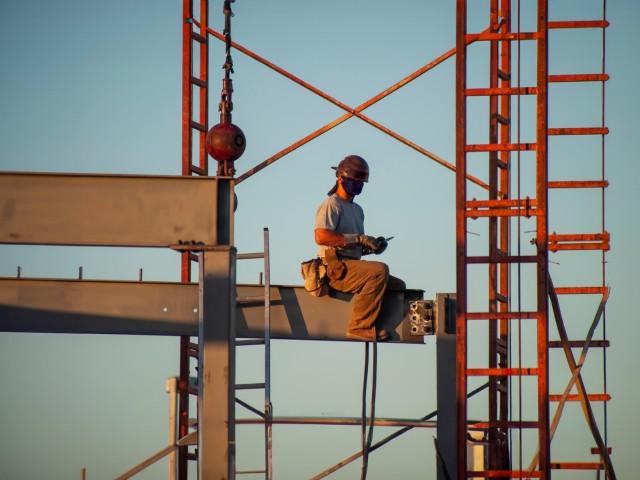
Building Up: The Daily Life of an Ironworker
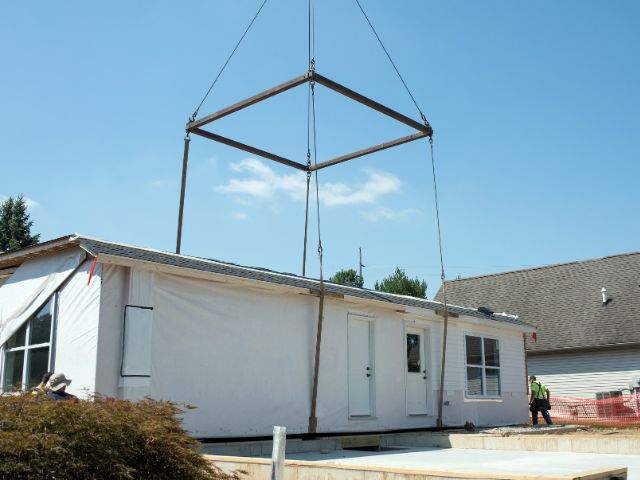
Interesting Facts About Prefab Home Construction
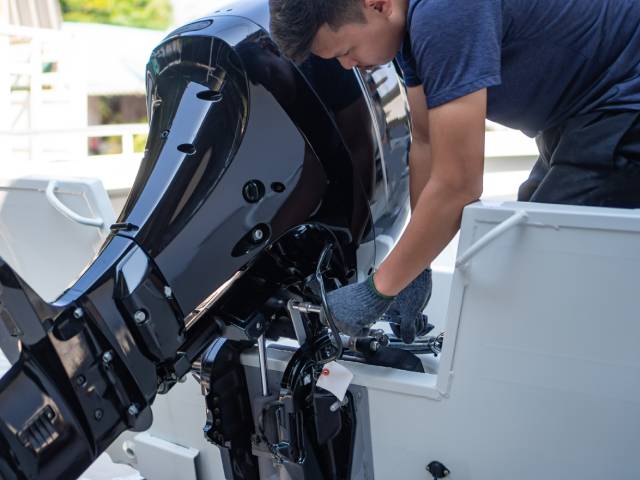
Boat Battery Maintenance Tips and Tricks
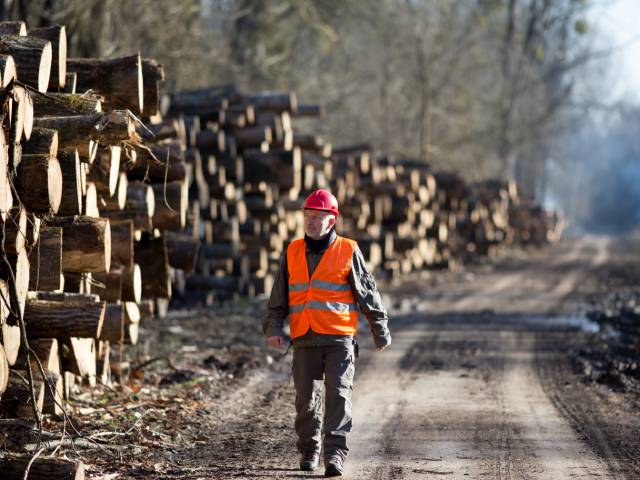
Important Tips for Pursuing a Career in the Logging Industry
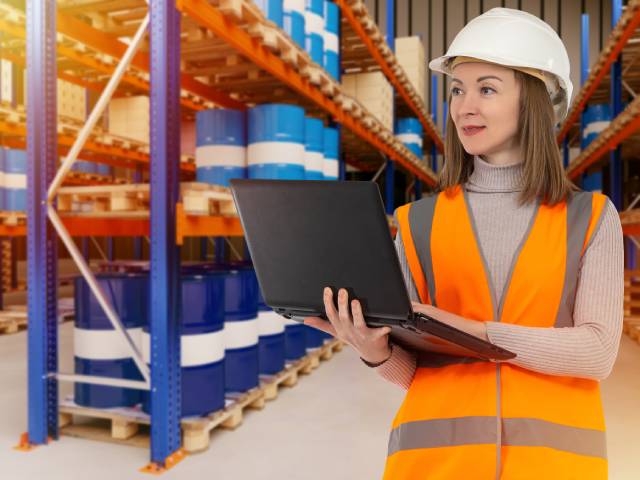
4 Mistakes To Avoid in Hazardous Materials Storage
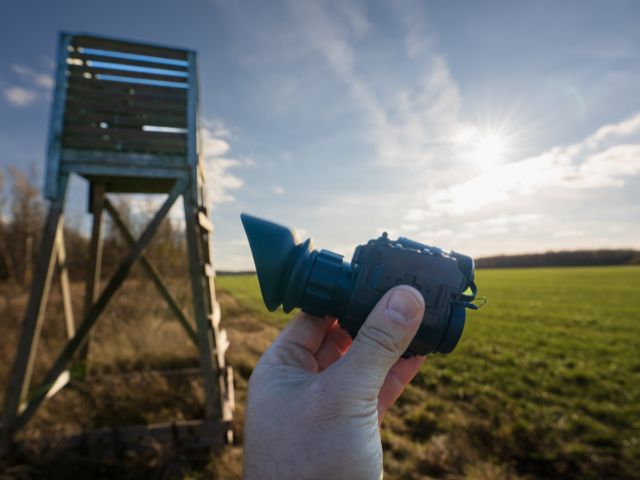
The Benefits of Night Vision When Hunting